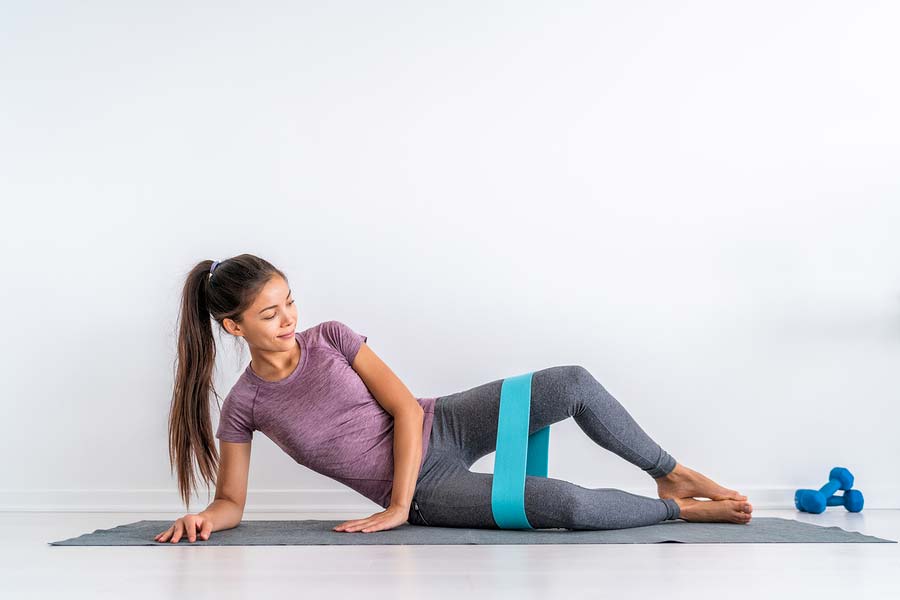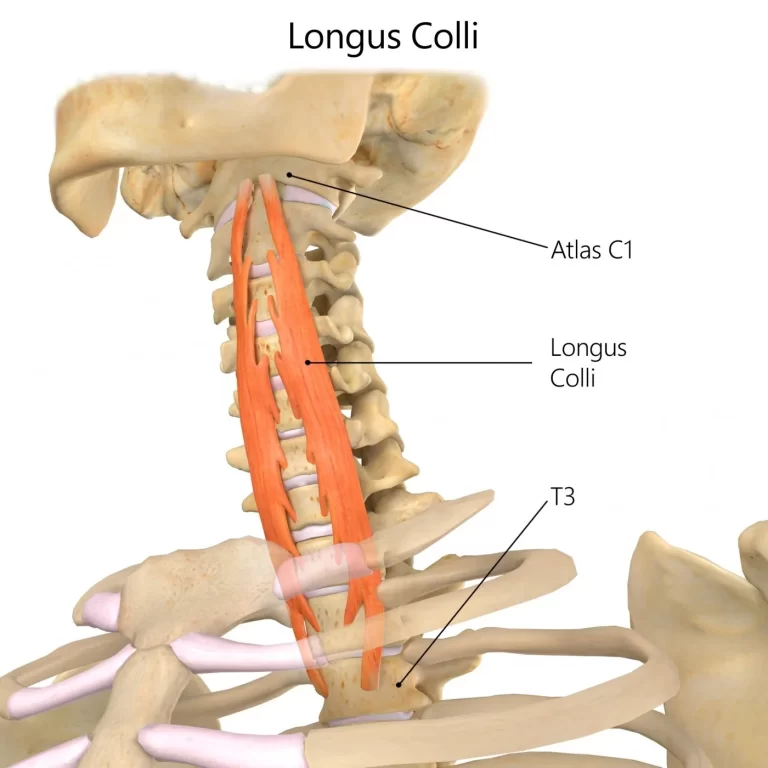Clamshell exercise
Table of Contents
What is the Clamshell exercise?
- It term suggests the way your legs and hips make a clamshell when doing the motion, This exercise will strengthen your hips and thigh muscle by stabilizing your pelvic muscles and toning your gluteal region muscles.
- You can perform this exercise anywhere, with little space and there has no need for any equipment for an effective lower body workout via this exercise.
- This exercise is excellent for hip strengthening and preventing and curing hip injury.
- The clamshell exercise is mostly used in physiotherapy clinics to help with conditions like hip pain, back pain, and sciatica. It aids to reduce pain by strengthening the hip, core, and lower back muscles.
- These exercises can aid to balance the muscular effort between your inner and outer thighs and the pelvic floor. Improving balance in the leg and hip muscles helps to prevent overuse and injury of the leg. This exercise aids to give the muscle shape and maintain its shape.
Which Muscles are used for the Clamshell Exercise?
- The clamshell exercises chiefly aim at the gluteal region muscles this is the Gluteal Maximus, Gluteal medius, and the muscles around the hip and pelvis.
Health benefits of doing Clamshell exercise:
The followings are some health benefits of doing clamshell exercises:
- Helps to improve the strength of the hips and core muscles.
- Helps to get rid of back, hip, or knee pain, or this exercise can be used as a preventative measure. so it increases strength and prevents painful problems.
- Helps To Build Strength
- Helps To Improve Endurance (distance runners and athletes participating in longer duration sports)
- Helps To improve Activation/Coordination (for those having a difficult time getting those glutes to contract at all)
- This exercise helps to activate gluteal muscles
- Helps to maintain or developed muscle shape.
- Helps to reduce the risk of injury to the hip joint
How to Do the Clamshell Exercise Properly?
- For this exercise you have to lie on your left side with your hips and feet stacked, your knee should be bent up to 90 degrees, and your head is resting on your left arm. Move your knees towards your body until your foot is aligned with your buttocks.
- Place your right hand on your right hip to assure it does not tilt backside. This is the starting position of this exercise. Make sure your core muscles should be engaged and your feet should be together throughout the movement.
- Now lift your right knee as much as possible by you without lifting your foot and left knee off the floor. Hold this position for some seconds. then gently lower your right knee over the left knee. You have to complete 15-20 repetitions on the right side, then you go for the left side.
- You can increase or decrease the number of repetitions according to your ability.

How to perform clamshell exercise video:
There have different variations of clamshell exercises
Clamshell exercise with a resistance band:
- This variation of clamshell will aid to work the glutes and hamstrings muscles and, for a strong core and back.
- Tie the resistance band around both thighs, just above the knees.
- You have to Lie on the right side of you with knees at a 45-degree angle, legs and hips stacked.
- Contract your abs to stabilize your core.
- Your foot should be closed, when you raise your left knee towards the roof.
- Do not permit your right leg to move off the ground.
- Hold at the top movement for 2-5 seconds then slowly lower your knee to the initial position.
- Do 22 to 25 repetitions on each side.

Clamshell with dumbbell rotation:
- If you want to strengthen both the upper and lower limb muscle at one time, then add dumbbells.
- For this variation of the clamshell, you have to take a basic clamshell starting position with holding dumbbells in both hands. then lift your one knee towards the ceiling without lifting your foot and move your elbow inward.
- Hold this top position for some seconds then slowly lower your knee.
- Do this movement 15 to 20 times on each side.
How to perform clamshell with dumbbell rotation video:
Clamshell with stability ball crunch:
- In this exercise, your core muscle is mainly used.
- For this exercise you have to lie on your back with a stability ball held in between your lower legs, your hands placed behind your head, then you have to lift the ball towards the roof with this you also lift your shoulder off the ground.
- This will use your abdominal muscles, pelvic muscles, and hip flexors.
- Hold this position for 2 to 4 seconds then back to the initial position.
- Repeat this exercise 10 times.
How to perform clamshell with stability ball crunch video:
Tips to get more benefits from clamshell exercise:
- You should engage your core muscles throughout the exercise, this will protect your back.
- You have to focus on your gluteal muscles. you should twist from your hip joint, not from the lower back.
- Your neck should be in neutral so you do not strain it.
Common Mistakes of Clamshell Exercise:
Rocking Your Torso
- During the clamshell exercise, it is easy to rock your trunk or top hip back behind you to help raise your knee. Do not do it! It will give strain to your core, hips, and glutes, so you do not get as many muscle-strengthening benefits.
Using Too Tight of a Band
- People may be impatient to make this exercise challenging with extra tight bands, do not rush it. using too tight a resistance band can lead to poor exercise patterns and reduce its advantages.
When did you not do this exercise?
- If you feel any kind of pain during this exercise.
- If your doctor advises you take rest.
- If your leg bone is fractured.
- If you are recently undergone any surgery.
FAQ:
Do two to three sets for as many reps as you can without stopping or cheating. Rest for 60-90 seconds between sets. Do this twice a day, daily.
The clamshell exercises not only keep the hips moving but also strengthens both the gluteus medius AND gluteus maximus.
Clamshell exercise is one of the most prescribed exercises for individuals with knee pain. This exercise is intended to target the hip abductors, specifically the gluteus muscle.
If you have undergone any recent surgery or fracture avoid doing this exercise.






One Comment